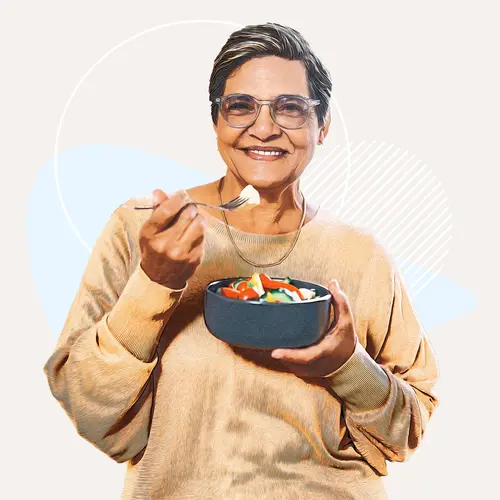Thiamine, which is also called thiamin or vitamin B1, is one of the vitamins that are found in many vitamin B complex products.
Like other B vitamins, thiamine helps the body break down food and turn it into energy. It also keeps the nervous system healthy.
Some other B vitamins include:
- Vitamin B2 (riboflavin)
- Vitamin B3 (niacin/niacinamide)
- Vitamin B5 (pantothenic acid)
- Vitamin B6 (pyridoxine)
- Vitamin B12 (cyanocobalamin)
- Folic Acid
Because B vitamins cannot be stored in your body, you must consume them daily.
Thiamine is found naturally in many foods and is added to various foods through fortification, such as processed cereals. It is also included in many multivitamins and B-complex dietary supplements.
Why You Need Vitamin B1
Thiamine, or vitamin B1, is essential for your health.
The daily amount of thiamin you need depends on your age and sex, but it is recommended that adult men get 1.2 mg and women get 1.1 mg. Various foods and supplements can provide your daily value of thiamine.
Vitamin B1 helps your body function in many different ways, including:
Metabolism
Thiamine helps turn carbohydrates into energy. It is required for the metabolism of glucose, amino acids, and lipids.
Pregnancy
Thiamine is recommended for people with low levels of thiamine, including those with thiamine deficiency syndromes and pregnant women.
Vitamin B1 also plays an important role in the brain development of babies in the womb.
Memory
Chronic alcohol use can lead to thiamine deficiency, which sometimes causes brain damage and memory loss. Healthcare workers use thiamine to treat such conditions.
Foods With Thiamine
1. Legumes
Legumes are a rich source of thiamine and other B vitamins. Half a cup of boiled black beans gives you 33% of your daily value of thiamine. They contain many other nutrients, including:
- Fiber
- Protein
- Iron
- Copper
- Magnesium
- Manganese
- Zinc
- Phosphorous
2. Whole Grain Bread and Pasta
When bread or pasta is labeled "100% whole grain," that means the product was made with the entire wheat kernel. As opposed to those made with processed flour, these products contain far more nutrients, including vitamin B1.
3. Fortified Breakfast Cereal
Because processing removes some of the thiamine content from grains, many companies enrich their products with vitamin B1 later. One such product is breakfast cereal. In industrial countries where fortification is widespread, fortified foods provide about 50% of the total thiamine intake.
4. Liver
In meat, liver has the highest amount of thiamine. Whereas three ounces of beef steak gives you 8% of your daily value of thiamine, one serving of beef liver will give you about 14%.
5. Salmon
One serving of cooked salmon gives you 18% of your daily value of thiamine. Salmon is also full of protein, omega-3 fatty acids, and vitamin D.
